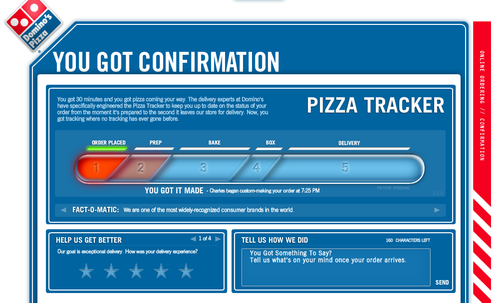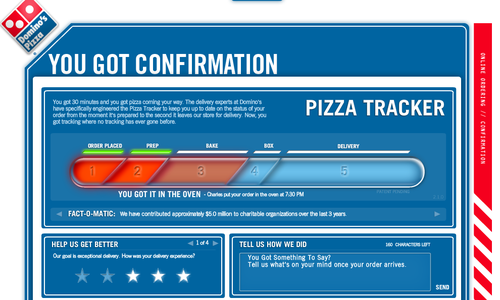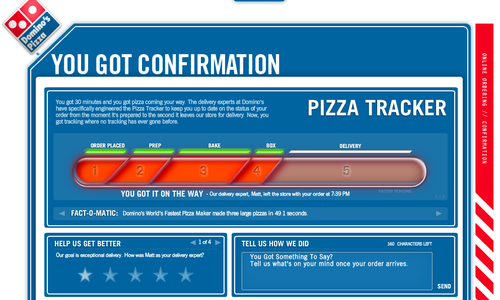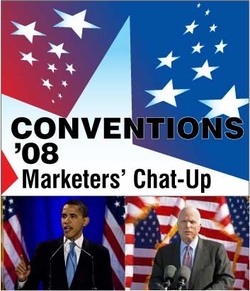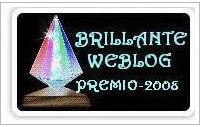September 5, 2008
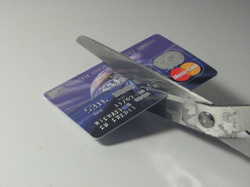 Drew’s Note: As I try to do every Friday, I’m pleased to bring you a guest post. Meet another thought leader who shares his insights via the blogosphere. So without further ado…Gaurav Mishra. Again. Enjoy!
Drew’s Note: As I try to do every Friday, I’m pleased to bring you a guest post. Meet another thought leader who shares his insights via the blogosphere. So without further ado…Gaurav Mishra. Again. Enjoy!
I was the typical corporate fast-tracker until I realized last year that I was split into two halves. As an individual, I was tired of being targeted by commercial messages from the brands-media-retail triumvirate. As a marketer, I loved the art and science of marketing, adored brands, and was hardwired into the idea of capitalist free markets driven by consumerism.
So, when I observed people wanting to spend less, swap instead of spend, go local, go organic, stop buying things, or generally say no to brands, one part of me (me-as-a-consumer) knew exactly what they are talking about, but the other part of me (me-as-a-marketer) wondered what will happen to our economies when more people go "off consumption" because they are tired of consuming, tired of things.
My endeavor to reconcile these two parts of me has led me to my year-long off consumption experiment, an attempt to understand why we choose to consume or not, based on which I’m writing a book called ‘The Marketer Who Went Off Consumption‘
The end of consumption (as we know it) is not only every marketer’s worst nightmare; it is also a nightmare that is about to become a reality. Across the world, and especially in Europe and North America, a set of seven interrelated and increasingly important trends are changing the very nature of consumption:
- From multi-tasking to down-shifting.
- From fitting in or standing out to being authentic.
- From owning to experiencing.
- From buying to sharing or exchanging.
- From having to giving.
- From conspicuous consumption to conscious consumption.
- From short-term to sustainable.
If you live in consumption-crazed India, these trends might seem somewhat… well… foreign to you. However, there is a small subculture of Indians — people in their late twenties or early thirties who have seen, done and bought it all – who are beginning to say "no" to buying things.
An increasing number of consumers are rejecting their roles as consumers and refusing to define themselves by the things they buy. Instead, they are choosing to define their identities from the experiences they have, the relationships they build, and the meaning they create by expressing themselves creatively.
If you are a marketer, you can react to these trends in two ways. You can ignore them until they hit you, or you can immerse yourself in them, like I have chosen to.
After studying these trends for almost six months, I see that there is a way for brands to stay relevant, even if the seven social trends I talked about move closer to the mainstream.
Simplicity, authenticity and community are the three themes that run through the seven social trends that are changing consumption. Brands that help us clear the clutter in our lives, or enable us to have authentic experiences, or assist us in forming and connecting with communities will become the most important necessities, the only things we can’t do without.
1. People Want Community: Social media has changed how we express ourselves creatively, but more importantly, it has changed how we organize ourselves into communities. The rising ubiquity of social media has not surprisingly coincided with the coming of age of the Millennial and their need to return to the community.
Social media has not only facilitated the formation of virtual communities separated in time and space, it has enabled us to have conversations with each other about the brands we buy and use, which means that the brands that listen to these conversations, participate in them, or provide a platform for them, will emerge as winners.
At the broader level, our need to return to the community means that brands that enable communal experiences will be favored while brands that try to hijack or disrupt communities will see a backlash against them.
2. People Want Authenticity: A related trend is that we want real and authentic experiences, instead of packaged formulaic one. So, when we travel, we are not satisfied with the usual photo-opportunities; instead, we want to participate in adventure sports, or immerse ourselves in local culture, or go off the beaten track and explore nature.
When we eat out, we are not satisfied with the fast food version of a foreign cuisine; instead, we want to taste the authentic cuisine in its authentic ambiance, which means that nothing beats home cooked food eaten at home. When it comes to music, we are not satisfied with listening to the latest hits on TV; instead we want to watch our favorite local band perform live, or even better, pick up a guitar and jam with them at a house party.
Brands are great at reducing experiences into formulas and packaging them for mass consumption. Brands that resist the urge to reduce experiences and instead try to enhance them will build a cult following for themselves.
3. People Want Simplicity: Even as we crave for authentic, communal experiences, we realize that it is time, and not money, that stops us from having these experiences. We feel overwhelmed by the bombardment of messages from brands, media and retail and learn to filter them out.
We feel overburdened with the demands of the million things we own and decide that we don’t really need them. We feel overstretched with our 70 hour workweeks and realize that there is a trade off between work and leisure and individuals or even societies can choose to work less and have better quality of life instead of more money.
France, with its 35 hour work-week, is a great example of a society that has made this trade off. This trade off means different things for different people, but it often involves down-shifting, working for ourselves, or blurring the boundaries between work and play.
Brand that help us reduce clutter and free up time will become the most important necessities, the only things we can’t do without.
You can call us the ‘new rich’ (like Tim Ferris does), or the ‘creative class’ (like Richard Florida does), or the ‘cultural consumer‘ (like Patricia Martin does) – the bottom-line is that we are part of an increasingly important subculture that is different from the mainstream masses in important ways. Brand still have a place in our subculture, but only if they allow us to interpret them or even change them, instead of trying to dictate our desires or telling us what we need or want.
Gaurav Mishra is on a sabbatical from the Tata Group to do research on social media in BRIC countries as the Yahoo! Fellow in International Values, Communications, Technology, and Global Internet for 2008-09 at Georgetown University. He blogs at Gauravonomics Blog.
Every Friday is "grab the mic" day. Want to grab the mic and be a guest blogger on Drew’s Marketing Minute? Shoot me an e-mail.
flickr photo courtesy of SqueakyMarmot
More
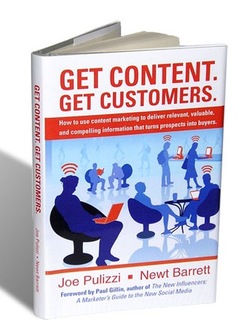 We’ve heard it for the past few years (longer, if we were really listening). Content is king. Less hype, more value. Talk directly to your customers about what matters to them. The explosion of social media tools (blogs, twitter, Facebook etc.) is proof that we can actually be the media.
We’ve heard it for the past few years (longer, if we were really listening). Content is king. Less hype, more value. Talk directly to your customers about what matters to them. The explosion of social media tools (blogs, twitter, Facebook etc.) is proof that we can actually be the media.

